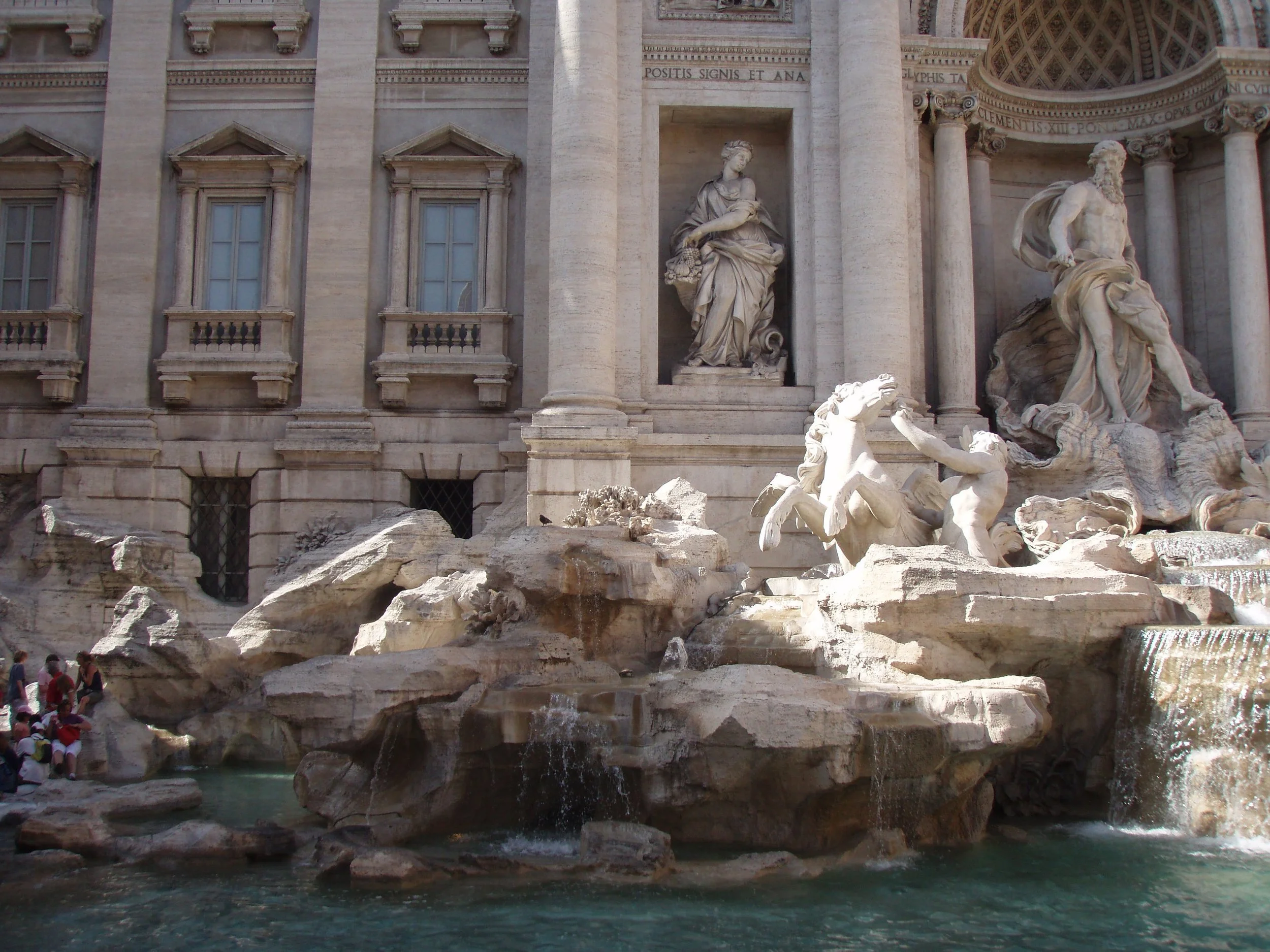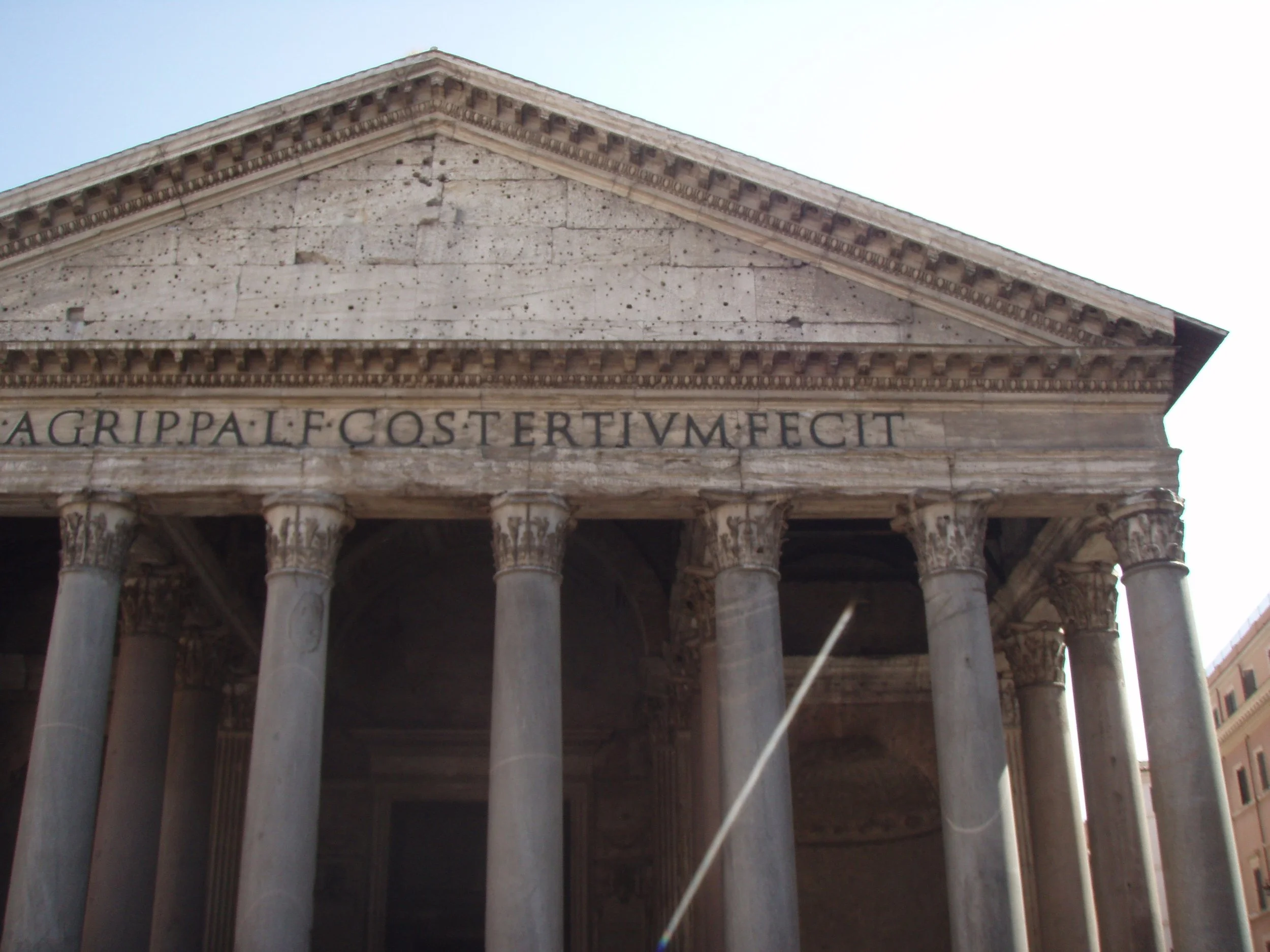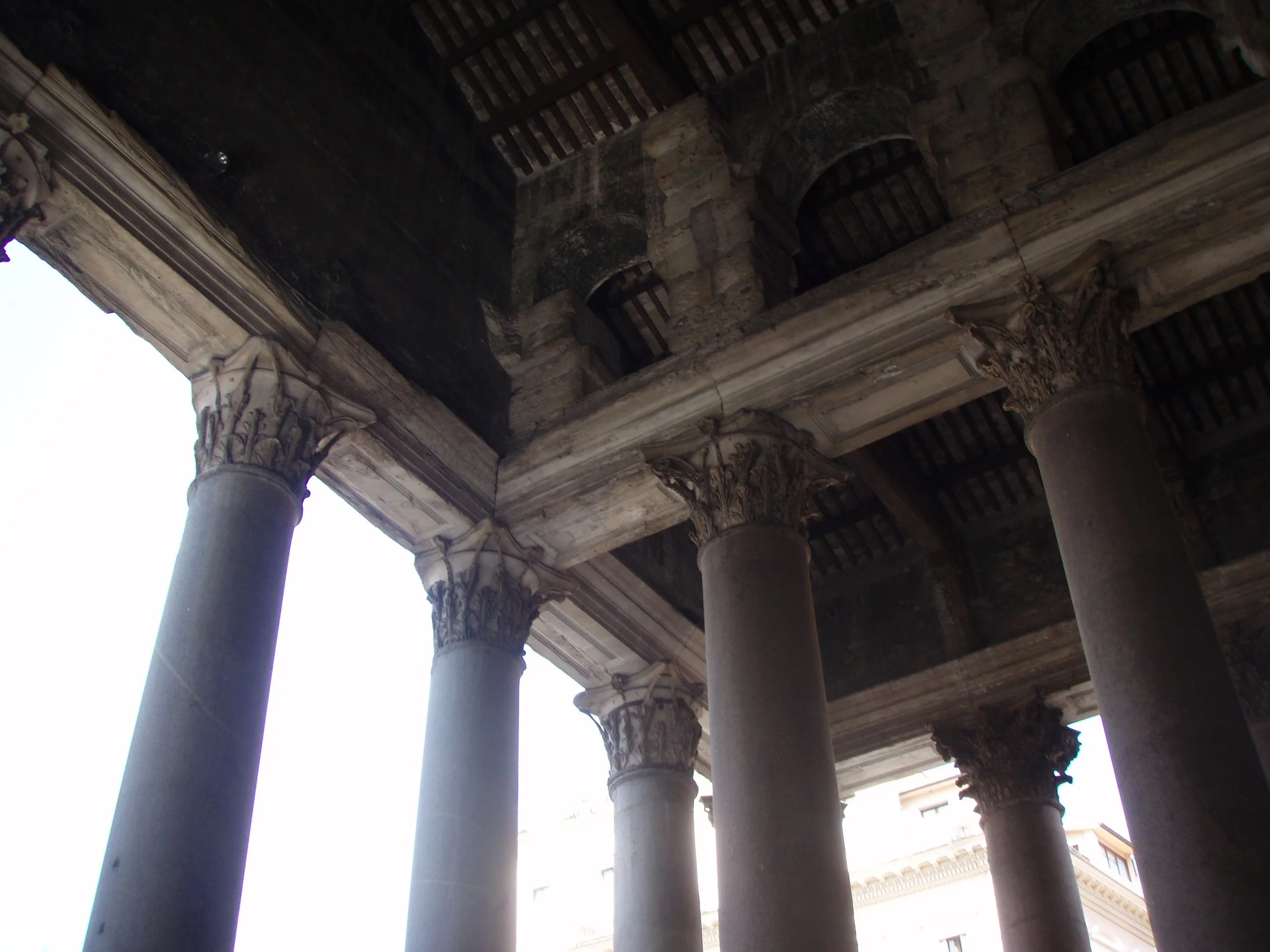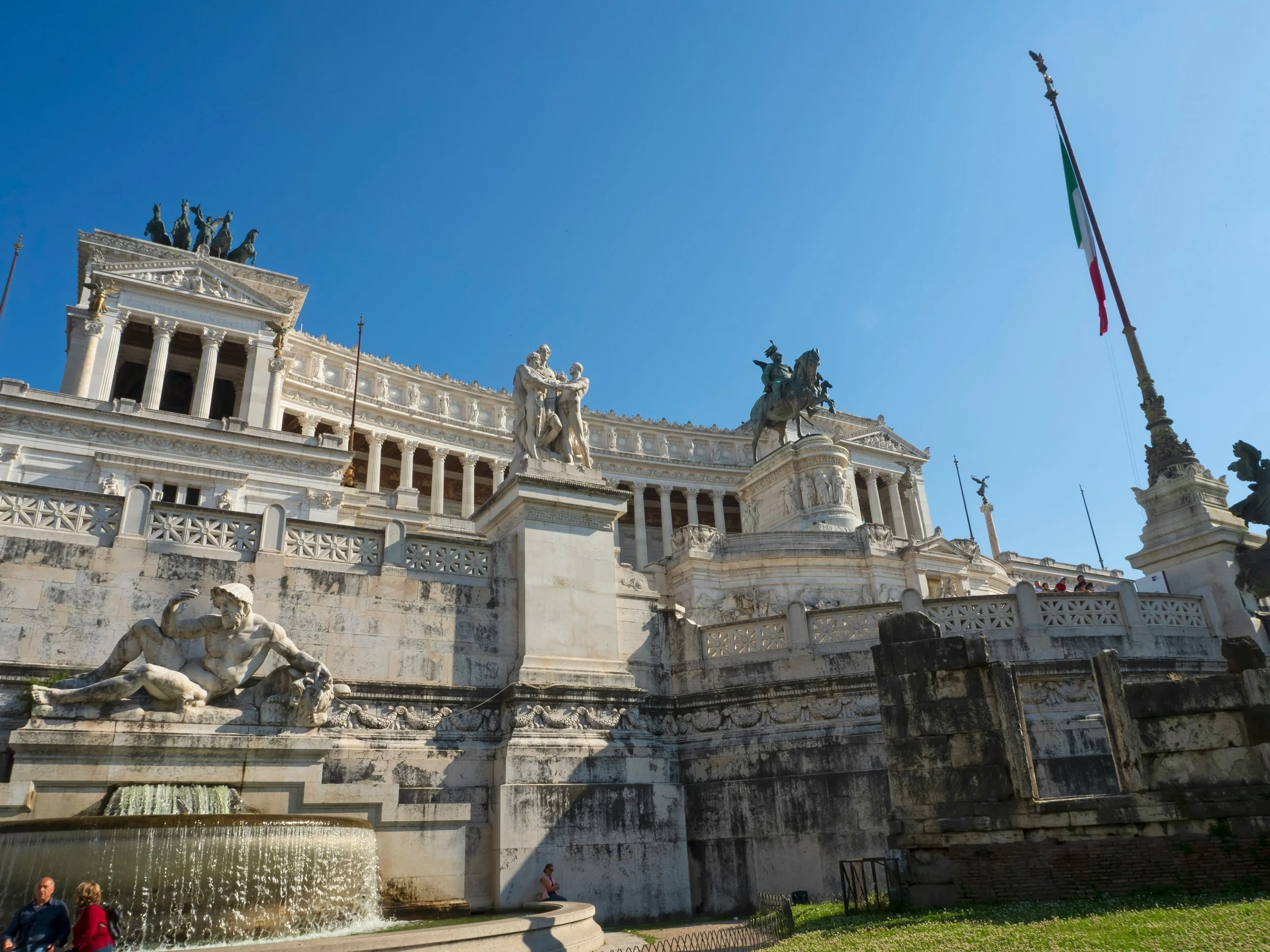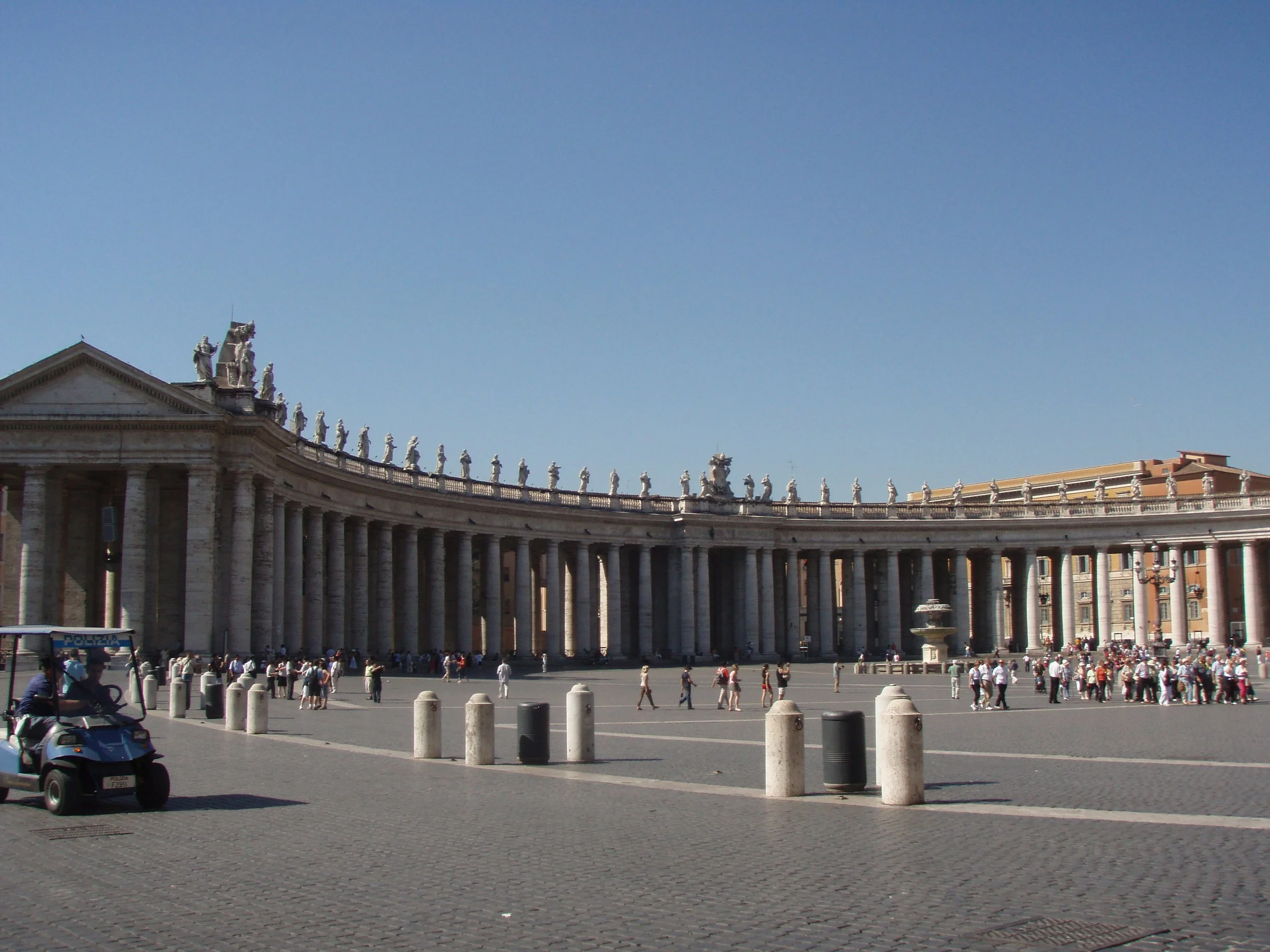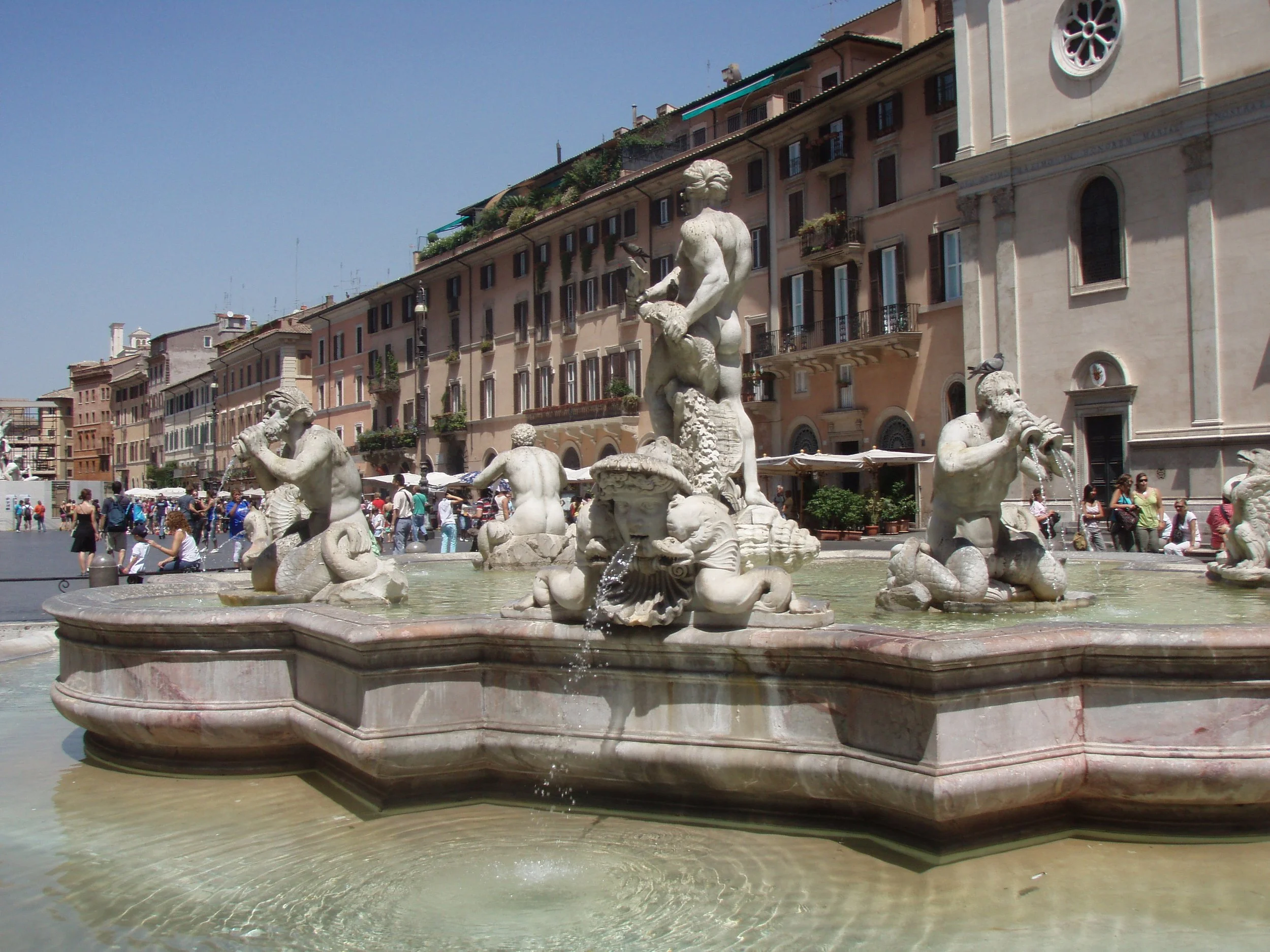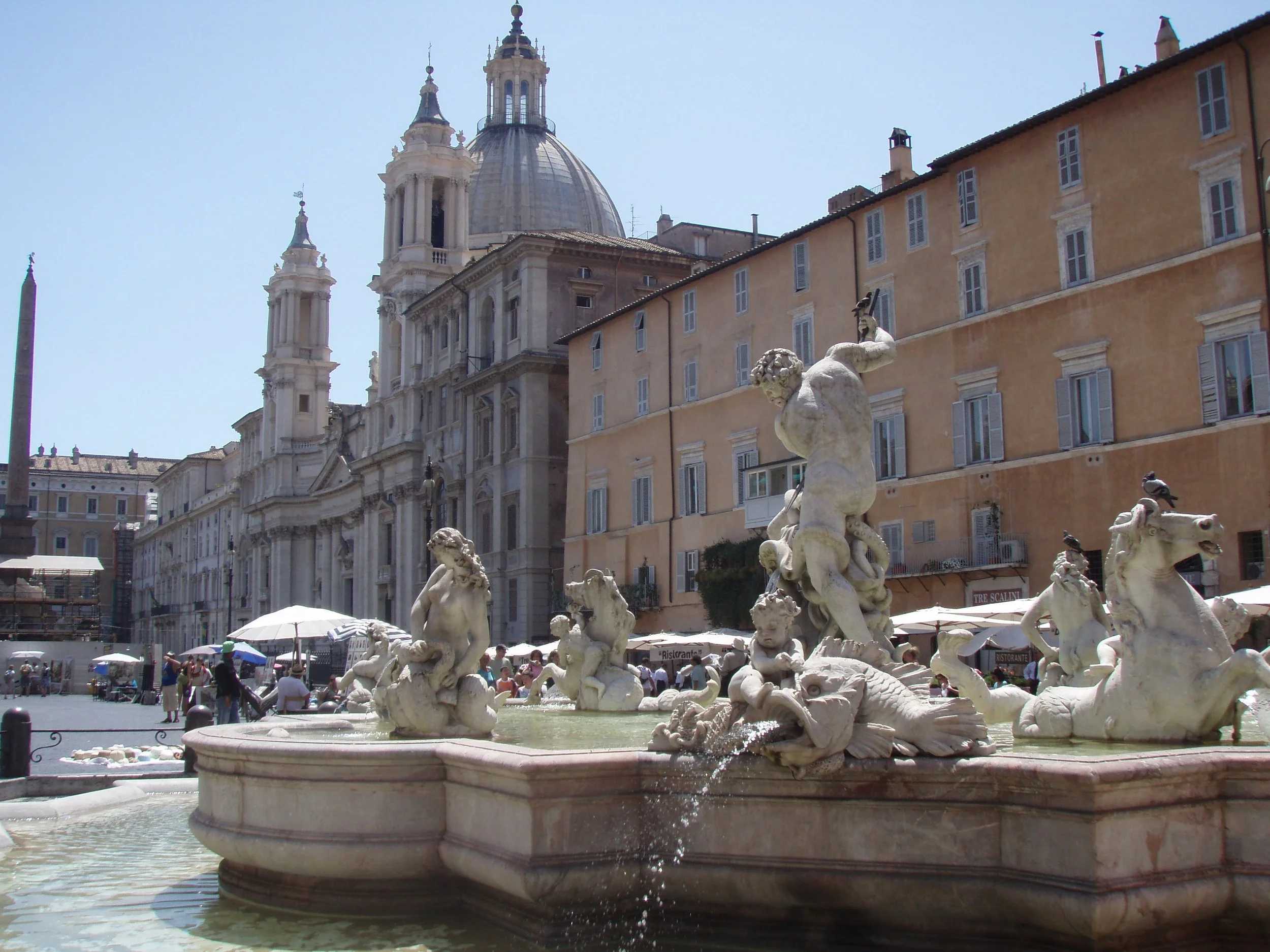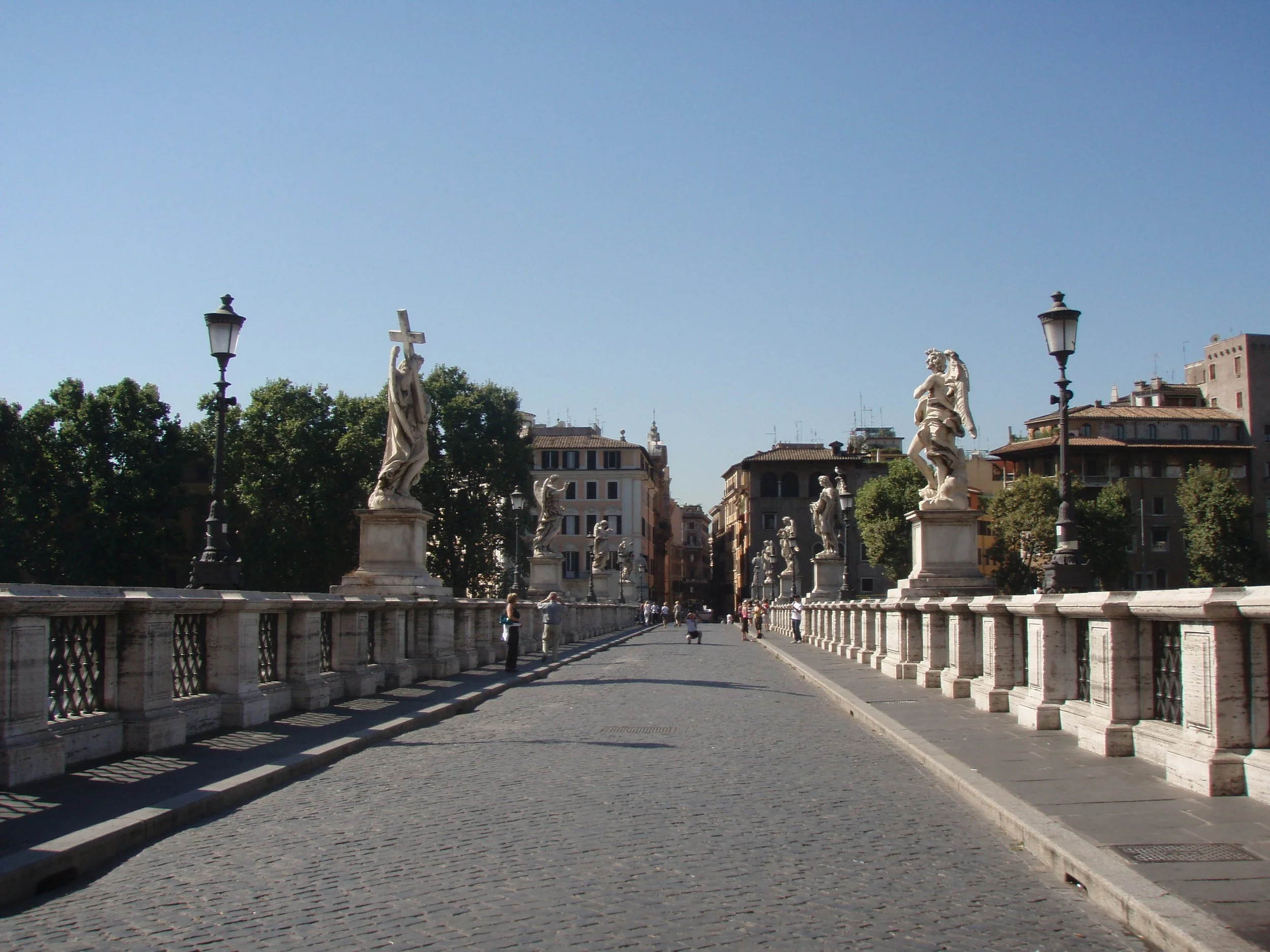Rome: The City to Find Yourself In
Why Rome?
I used to dislike cities…Didn’t see the appeal. The thing that changed that for me was Rome. Colossally.
Rome is a city of magnitude and legend. It’s impermeable and invincible. At the same time, vulnerable and delicate. The art is the city in its own make and expounded upon by the treats that Romans concote on site. There is something around the bend everywhere.
*This site contains affiliate links, we may receive a commission if you make a booking through us.
Here are highlight musts while visiting this place.
Trevi Fountain
Trevi Fountain
The Trevi Fountain is the largest Baroque fountain in Rome and is known for its awe-inspiring glamour. Over 300 years old, the design is an ornate symbol and an impressive feat made of stone. Its symbolism is furthered by its figurine representations being Neptune and Tritons. The dynamism of the fountain showcases the mood of the sea and the ocean’s both impact and amorphousness. Somehow it’s one of the most pinnacle spots of the city and many a visitor go there to throw a coin in and make a wish.
The fountain is often quite crowded so I recommend going early in the AM to get an element of peace there.
Pantheon & Gelato: Rose Flavor
The Pantheon is a hallmark of the city and translates to “All the Gods” in Greek. Built back in estimated 118-128 AD, it’s the largest non-reinforced concrete dome in the world and reaches 142 feet in diameter. Walking up to the Pantheon is itself a statement, and walking into the Pantheon is a wonderful heightened vista that shouldn’t be skipped out on. Entrance requires a ticket.
Also, on site, is the biggest gelato rec! The best rose flavored is right by the Pantheon.
Monument to Victor Emmanuel II
The National Monument to Victor Emmanuel II, Il Vittoriano or Alter of the Fatherland, is a grand looming and statuesque ensamble in the city.
Victor Emmanuel II was the first King of Italy and the monument was erected following his passing, completed at the beginning of the 20th century. It’s of neoclassical and Renaissance-inspired architecture made predominately of white marble and beautiful cantering horses on either side of its top. Today the monument largely represents Italian pride and patriotism, liberty and unification.
Entrance into the monument is possible and provides historical information inclusive to artifacts and artwork that document the country’s unification, this is something that Victor Emmanuel II’s legacy is heralded by. I’ve found this landmark the most impactful in its presence throughout all of Rome.
Image by Alexey Larionov
Spanish Steps, Image by Yoav Aziz
Spanish Steps
The steps’ stairs are 135 in number. Built between 1723 and 1725, they were a commission that had the vision to bridge the Piazza di Spagna and the Trinità dei Monti church.
During summertime, the white steps are bright under the sun and showcase the grandeur of the city. While during the winter holiday season, Bulgari sets up Christmas lights on the steps making them a further enchantment during the Christmas celebrations.
Vatican & Sistine Chapel
The Vatican is perhaps a complex place sanctioned to a community of religion. However, it’s so much more than that.
I truly emphasize that religion should not deter anyone from venturing to its spectacular interior. If anything, go only to see the Sistine Chapel which is transcendental in its creation. Commissioned by Pope Sixtus IV in the 15th century, Michelangelo took four years to paint the ceiling, its scenes, and its intricacies, some of the most eminent worldwide. These scenes are noteworthy and replicated to be seen in people’s homes, on tokens, murals, and more. The gargantuan manifestation of the ceiling in the Sistine gives the artwork due gravity and is very impactful. The ceiling tells a tale in its frescos that depict biblical verses, the Creation of Adam, Noah’s Ark, and the Last Judgement. Again, whether you revere Catholocism or not, their story is symbolic of humanity and a feat to have created.
I suggest carving ample time to casually digest the Sistine Chapel and Vatican, to enter both you need a museum ticket for entrance.
St. Peter’s Square
The Basilica, Image by Simone Salvadi
Roman Forum
The Forum is largely an archeological site, having been a center point for the political on-goings during ancient Rome.
It was known as the heart of the Roman Empire after being developed from a marketplace where now ruins of temples, basilicas, and the previous government buildings are. The Forum doesn’t require a huge amount of time. It’s worth venturing to if not only to give a noted appreciation of what still stands within the city juxtaposed to it.
The Forum from an aerial vantage point with the National Monument erect in the background, Image by Nicole Reyes
Colosseum
The Colosseum, probably the most iconic and well-known spot of the city. It was designed by three Italians and its real name is the Flavian Amphitheater after the Flavian emperors whom it was built. Its seating holds 50,000.
Of course, its purpose was fairly gruesome being an entertainment structure to house gladiators fighting for their lives. Not many structures exist today like the Colosseum in purpose and historical artifact. The Colosseum arena, archways, and facades as well as individual underground passageways are seductive in reminiscence of those who withstood and died within its walls. It’s a definite visit while in Rome, but also very underrated at nighttime, it’s a spectacular site then too.
Hidden Sites Tour
The wealth of Rome and the notoriety of its history is so abundant. Literature of fiction and non-fiction alike has also made Rome’s landmarks even more recognizable before you land there. And yet, even if you’ve seen them a thousand times in picture form, they stand impactful when you’re right there with them.
Along this vein, a recommendation is to read Angels and Demons before visiting as the book integrates sites into the mystery. It becomes so exciting to recognize as you walk throughout Rome for the first time. Then, with the visuals displayed in imagination laid out, once in Rome, embark on a tour throughout the landmark destinations beyond what the novel brings to life. This tour hits some notable sites but also includes some that many might miss or go without. With introduction and narrative beside them, they give further richness to the presence and carving of Rome’s place.
Night Tour
By enchanting lighting, shadows, and angles these wonders are exhibited in the absence of large crowds. A nighttime exploration provides something of an intimate setting for the scenery you’ve wondered at during the daytime. During warmer months, the cooler air is also a reprieve from the sun and contributes to the amicable environment of sightseeing in the evening. This tour delivers you to the mega spots Colosseum and Pantheon and lets you meander illuminated at nighttime. Even if you don’t do a guided tour, I highly recommend visiting the Colosseum, Pantheon, and Spanish Steps at night, it’s a different perspective that alternatively showcases these marvels.
Where to Stay? Magenta Collection Manara 4 in Trastevere
The city of Rome is one of the most walkable places not only because it’s so organized, but because there are things to see every foot. It’s never boring. Trastevere neighborhood has a slightly small-scale and sweet mellow feel, especially when the days are filled with crowds and bustling streets of the surrounding metropolis. Magenta Collection within Trastevere is a boutique Romeo and Juliet feel even though this is Rome and not Verona. It’s real, real estate heaven in terms of location and imbibes appreciation for the city. It reps Renaissance-era with inviting golden tones.
Fontana del Moro
*Safety tip
Rome is a large city that’s set up for being pedestrian, I recommend scoping a map ahead of time to get an idea of where you want to go. Being large, it’s also a fairly safe city for youth travelers, backpackers, solo, and female travelers.
For the Vatican and Sistine Chapel there’s a dress code, mini skirts and sleeveless or revealing attire are not allowed.
Bottom line
Rome is an example of the city dualities that comprise old and new in design and feel, something to revel in. Its architecture of ancient times is nothing short of remarkable, and ambling to and from its sites is an extravaganza of sensory experience. It’s true intel as to how cities fall, rise, and sustain.
Beyond the landmark sites, the key component to Rome is looking up where the ceilings like the Sistine Chapel and almost every church has something to gaze at. Rome has food for days and you need not search extensively for satiation, the casual eateries are as sanctum as the most notable. It has artwork and spaces of awe unassuming. It has main event spots but just as enjoyable are the nightly rides on quiet streets, or alleys in between landmarks. Rome is a city of dramatic history surely, it’s also quite a peaceful one to visit.



